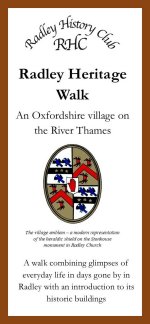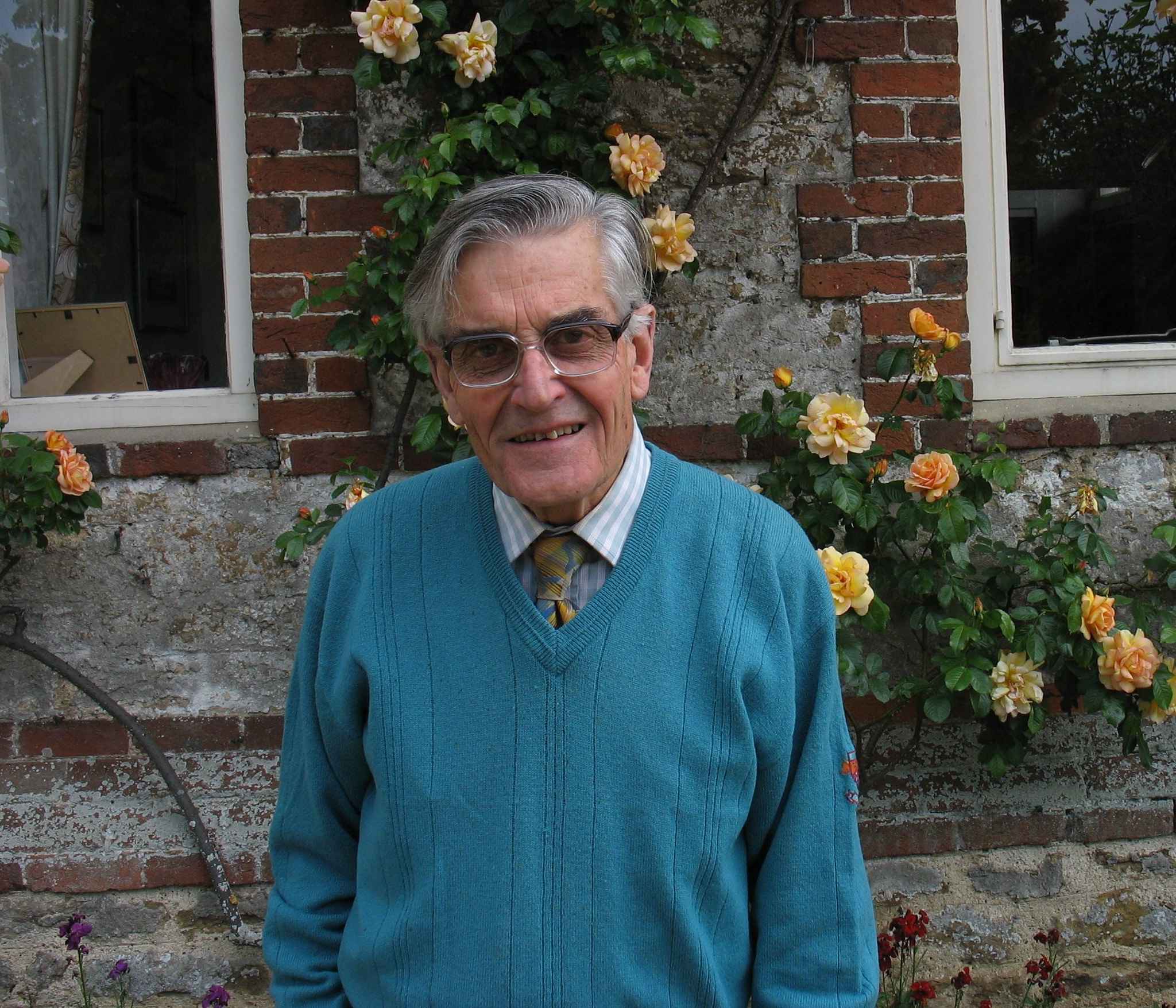The evening provided a chance for members to give a short talk about a person, place, item, event or topic they’d researched.
By careful examination of census returns, street directories, electoral registers and old maps, Joyce Huddleston has traced successive locations of Radley (sub) Post Office. In the second half of the 19th century, it was in a now demolished cottage on the corner of White’s Lane and Church Road; a VR postbox survives, opposite the church. By 1901, the Post Office had moved to what is now Baker’s Close, Lower Radley, where there was a thriving bakery and shop. By 1921, Alice Machin was the sub-postmistress at Walnut Cottage, Lower Radley. The last location, from the early 1920s until closure in 2013, was 23 Church Road (formerly 4 Council Houses). You can see the VR postbox on the Radley Heritage Walk.
Charlie Milward reported a tale of hope and tragedy. In the 1870s, agricultural workers in England suffered poverty and deprivation. Many emigrated, in the hope of a better life. In 1874, 17 members of the Hedges and Townsend families from Shipton-under-Wychwood embarked on the Cospatrick to sail to New Zealand. The ship caught fire 700 miles from the Cape of Good Hope and all the emigrants died. There is a memorial to them on Shipton village green.
By complete coincidence, Harriet Moggridge related a happier emigration story. Harriet’s mother Cass has published a book on the successful maiden voyage of the Charlotte Jane, 1848-1850, carrying emigrants and cargo to Australia, returning via China. Captain Alexander Lawrence (Harriet’s great great grandfather) was accompanied on the voyage by his young wife Miriam and their baby daughter. The book draws on a memoir written by Miriam and the ship’s log book. It recounts losing and replacing a mast, storms, rows among the emigrants, and arriving in the ‘incomparably beautiful’ Sydney harbour.
Using material from the Club archives, Joyce Huddleston related how Radley celebrated the Coronation in 1953. There was a procession up to Radley College, a dinner for older residents, street parties and a quarter peal of bells.
Richard Dudding described the Club’s extensive archives, which include wills, photographs, maps, journals, sound recordings – and a cricket scorebook. You can find the archive catalogue, and details of how to contact the archivist, on the Club’s website.
To round off the evening, members toasted the 25th anniversary of the Club’s first meeting.

